From April 25 to May 4, 2016, ten Woodrose students and two high school teachers went on a Cultural Exchange Program with Saint Joseph School for Girls in Tsu City, Mie Prefecture, Japan.
On Monday, April 25, the participants said goodbye to their families at the NAIA Terminal 2 and couldn’t believe that after all the weeks of preparation, learning common Japanese expressions, and emailing their host families, they were finally going to Japan! Everyone was filled with mixed feelings: Will my host family like me? What if I can’t finish all my food? Will they laugh when I try to speak in Japanese? I already miss my own family. But all their worries were put to rest when they arrived at the Tsu Nagisamachi Terminal and saw their host “sisters” waiting eagerly for them, jumping up and down with excitement.
For the next nine days, the students immersed themselves in the Japanese way of life by living with a Japanese host family and participating in academic and extra curricular school activities. On their first day in school, Woodrose students practiced their basic Japanese language skills by introducing themselves and saying something about themselves in Japanese – “Konnichiwa! Hajimemashite! Watashi no namae wa Cheska desu!” Everyone was very nervous and it was probably one of the hardest things they had to do during the trip, especially if you have to do it in front of 500 students! The Saint Joseph students and teachers, however, were very kind and helpful and found it just as hard to speak in English as it was for our students to speak in Japanese. Participant Cloe Alvarez agreed with this when she said, “Everyone tried their best to talk to us even though they had difficulty speaking English.”
The exchange program was more than just learning the customary greetings and eating Japanese food (everyone’s favorite!) three times a day. It was a unique experience that allowed the students of Woodrose and Saint Joseph School to exchange ideas and learn each other’s languages and cultural traits. One school day, both groups of students worked together to design and create outfits using newspapers. On another day, Woodrose students listened to a presentation about Japan’s environmental issues and shared their insights about the environmental concerns of our own country.
Their exposure to Japanese culture also included a tour of the Ise Jingu Shrine, an ancient imperial shrine dedicated to the sun goddess Amaterasu. During the tour, Woodrose students learned about Japanese spirituality and participated in the practice of washing their hands with water from the sacred Isuzu River. After the tour, they explored the adjacent Okageyokocho Village and bought souvenirs from the many traditional Japanese shops and restaurants.
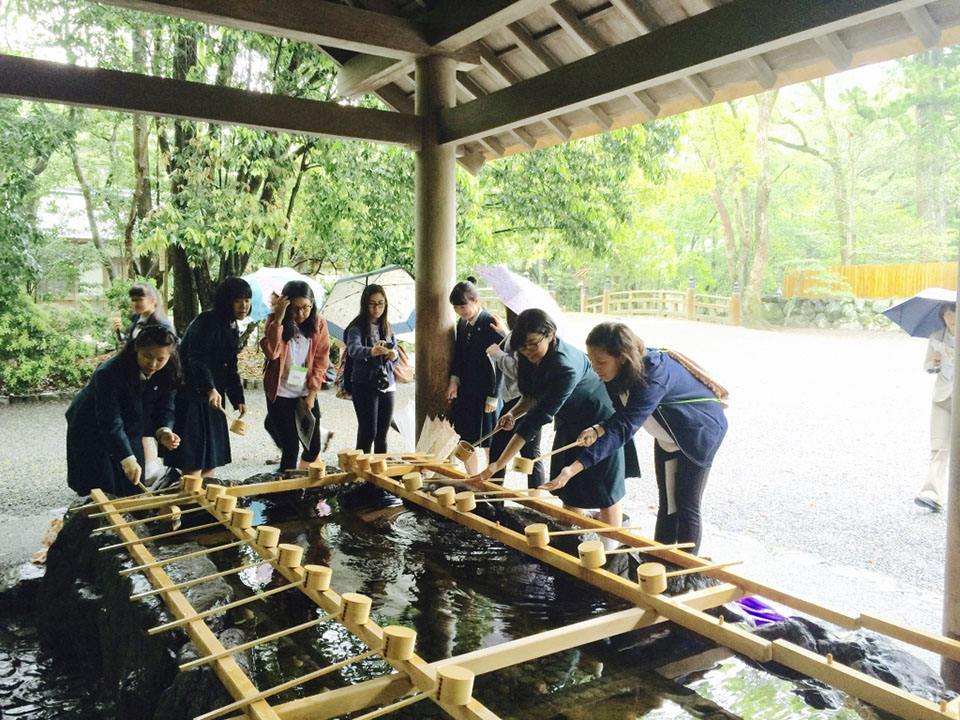
The highlight of the program was the day of cultural exchange: Woodrose students performed traditional Filipino folk songs and dances and taught the Saint Joseph students Filipino street games. In the afternoon, their host sisters helped them get dressed in the yukata (or summer kimono) and taught them how to do ikebana (Japanese floral arrangement). At the end of that day, both groups of students developed a new kind of cultural appreciation. According to participant Bella Palma: “I learned that although the Japanese culture is very different from Filipino culture, I gained many insights and I believe them both to be equally rich and worth learning about.”
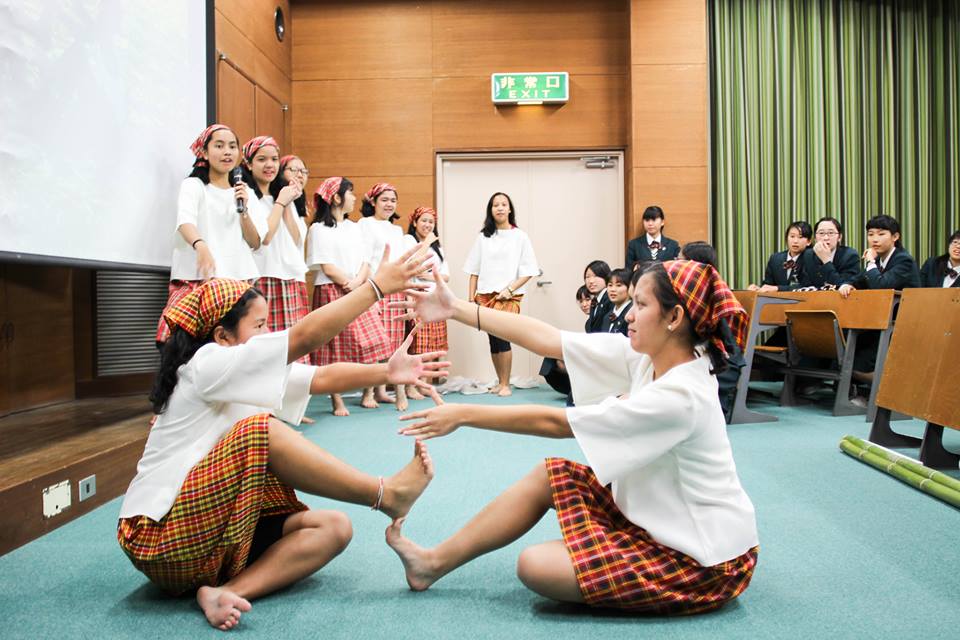
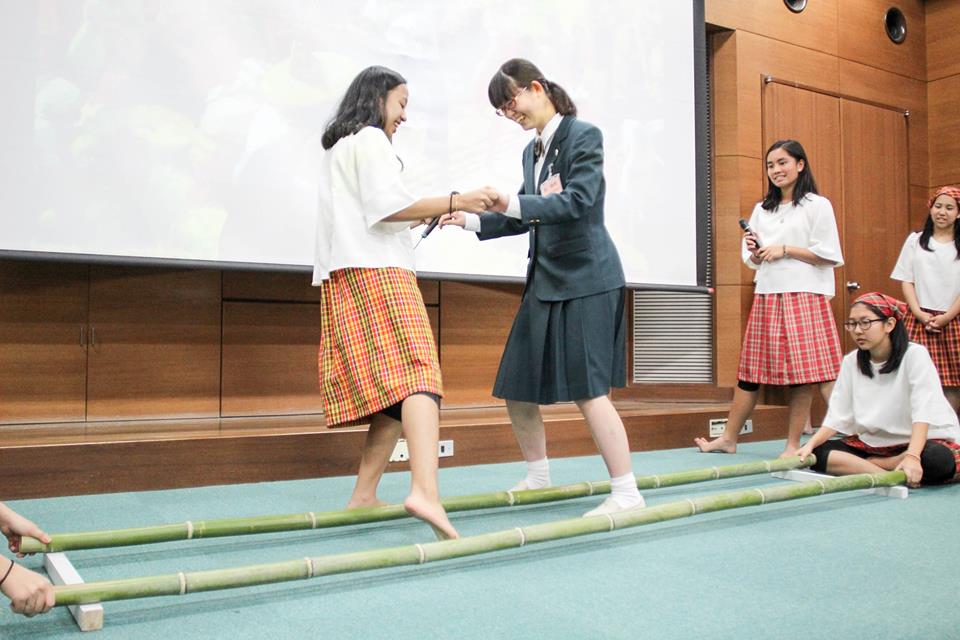
But what most of the participants enjoyed about the cultural exchange program was that it was also a period of bonding that they cherished with their host sisters, taking the train and bus with them everyday, and coming home from school each night to a second family who treated them as one of their own. Several students had this to say about the homestay experience:
“I learned how to clean up after myself and I was able to understand the beauty of simplicity. I was able to learn how hospitable Japanese people are. They really made me feel like a part of their family. In fact, until now I still feel like a part of their family.” – Inez Recto
“I learned that family isn’t always defined as your blood relatives! Anyone you’ve come to love is considered family!” – Gaby Catabijan
I appreciated how everyone in Japan, especially my host family, was so caring and friendly. They really made an effort to make sure you’re okay, even if they have a hard time speaking English.” – Ysabel De Los Santos
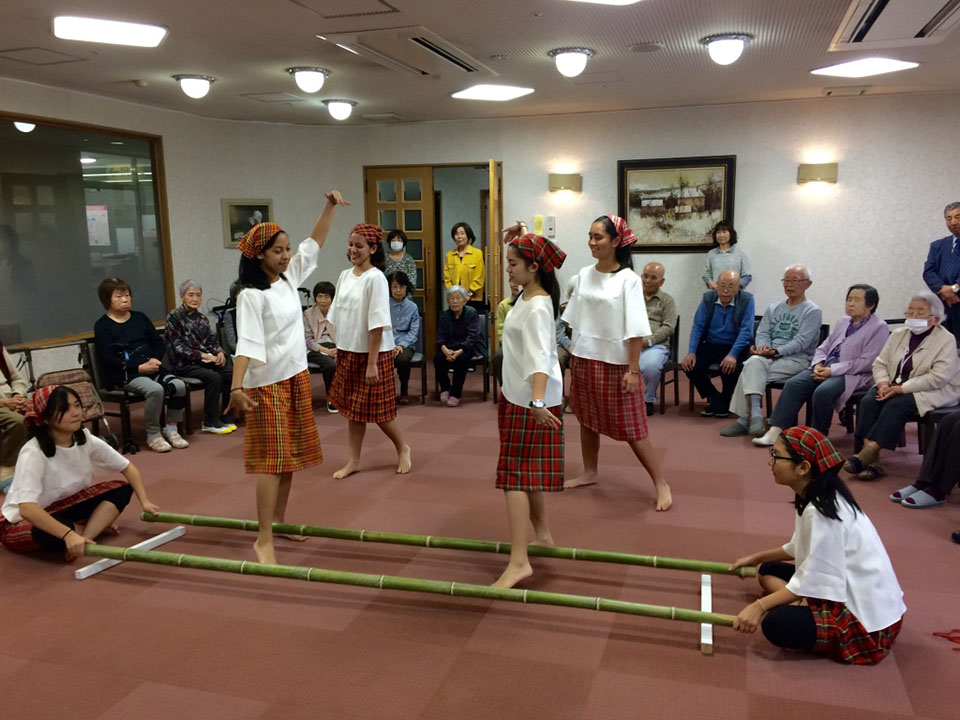
Although the participants concluded the visit with full and heavy hearts, they took with them memories of holidays spent with their host families in Osaka and Kyoto and of an afternoon singing Japanese songs and dancing the tinikling for the elderly. And they will especially remember how School Principal, Sister Grace Saito, learned each of their names, and how Mrs. Shigeyo Takane, coordinator for the exchange program, arranged all of the activities and homestay assignments for them.
This is only the second year that Woodrose has sent students on this exchange program to Japan, but as Mrs. Takane said, the bond between our schools “is getting stronger and deeper.” We look forward to the next trip in summer of 2017!
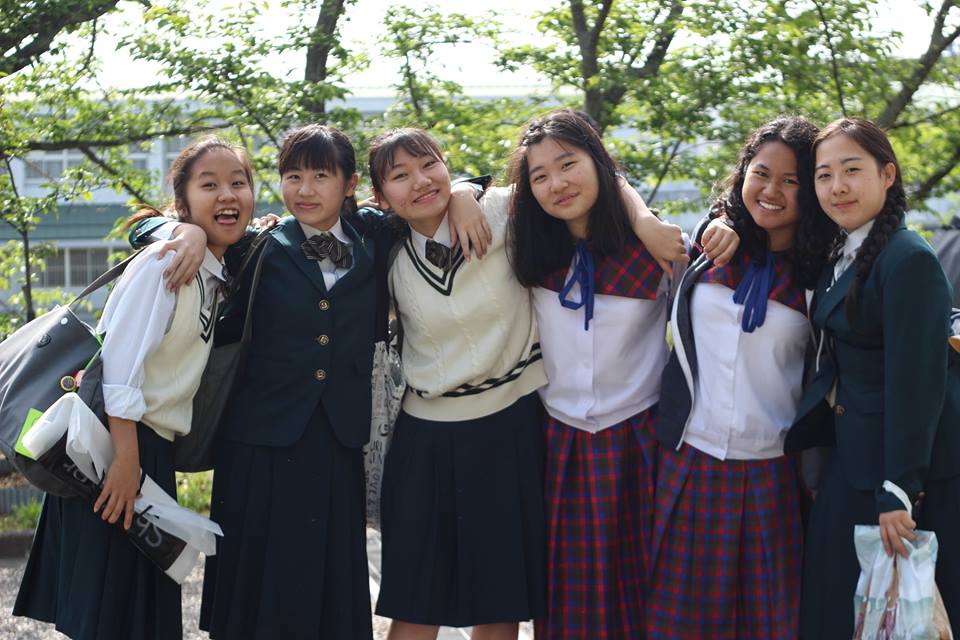
We’d like to give special thanks to the 2015 participants of the first exchange program for sharing their advice and experiences with the 2016 group. Other members of the Woodrose community who lent a hand as well were: (1) Mrs. Victoria Aoki who gave the group a quick orientation about the program; (2) Mrs. Annalie Angeles who shared her experiences as a mother of a 2015 exchange student; and (3) Mrs. Ai Ilagan who gave free lessons on Japanese language and culture during the early weeks of the summer break.

